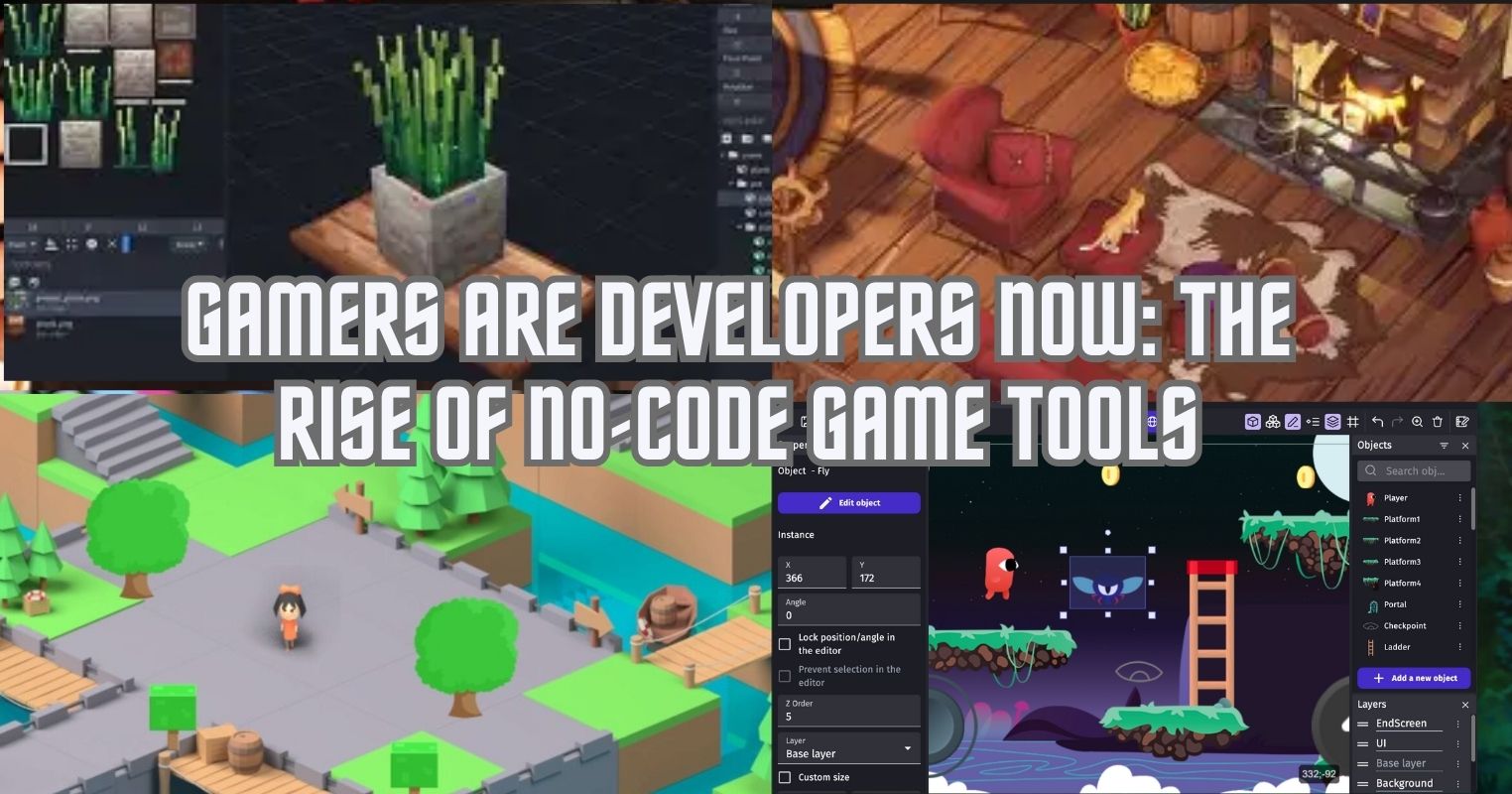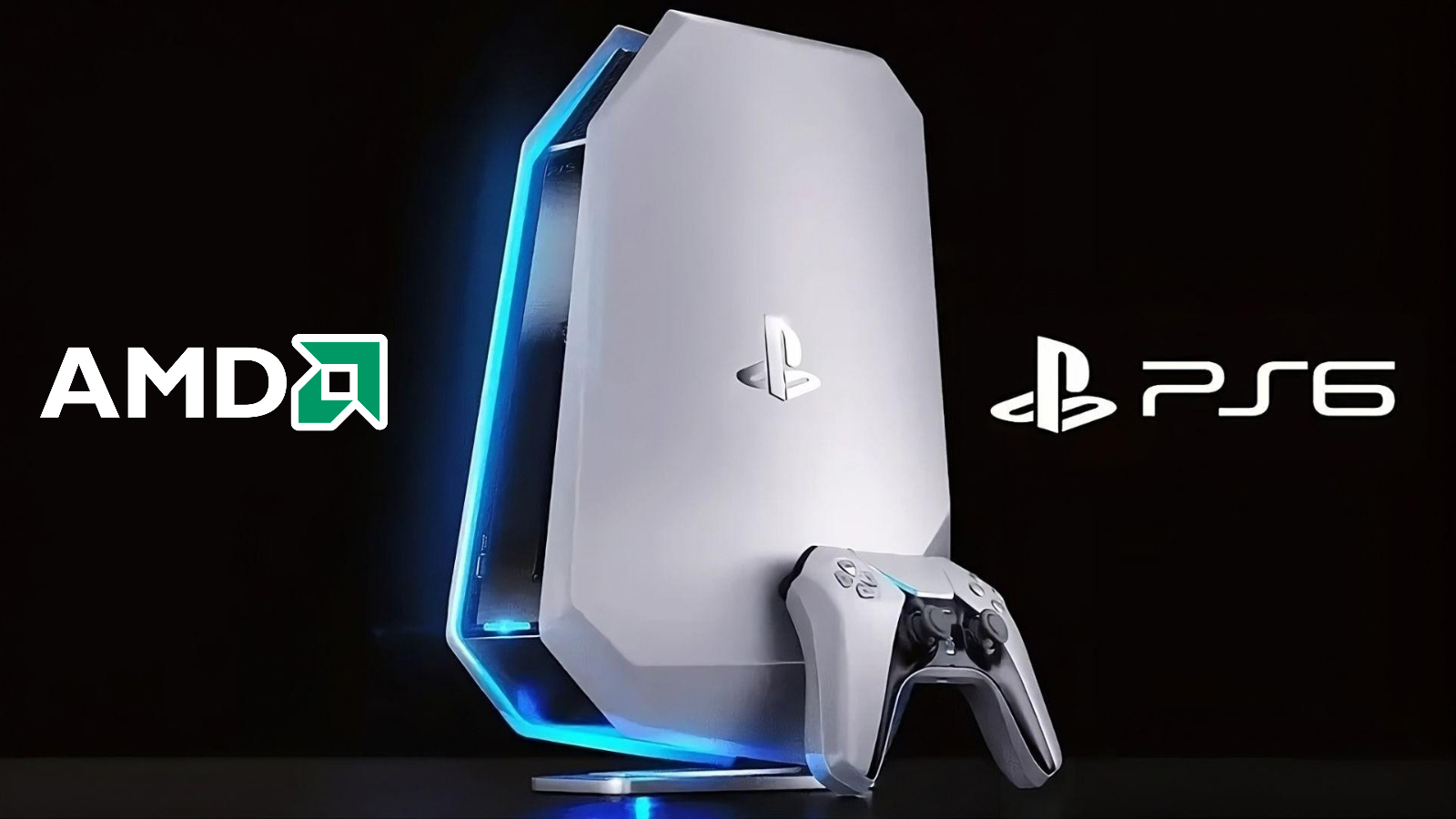- With FSR, AMD stretches out its hand to a large portion of gamers and offers excellent performance improvement with an open-source code, easy integration, and support for cards as old as the RX 500/GTX 1000 series.
- FSR 3.1 is promising, with AMD claiming to fix all the prevailing visual problems seen in FSR 3.0’s upscaling.
- Frame generation officially requires a minimum of RTX 2000/RX 5000 series cards but can still run on older AMD and Nvidia cards, although latency issues can be seen in such cases.
- Even without frame generation, FSR provides significant performance uplifts, and with FSR 3.1 fixing the known issues, it is a savior for budget gamers.
AMD’s FidelityFX Super Resolution, compared to DLSS, has always had one major upper hand: it has been available to more gamers, with a recent report hinting at support for even Xbox X|S. And, quality-wise, my analysis back in 2022 showed little differences between the two. Does that mean that AMD has the upper hand over Nvidia in upscaling? Well, not quite.
Since I compared FSR to DLSS in 2022, I’ve used it myself in many more titles, and let me tell you this: there have been issues. With the announcement of FSR 3.1, though, AMD has addressed them, and shows potential to be a game-changer for the budget gamers out there.
Why I Consider FSR A Game Changer For Budget Gaming
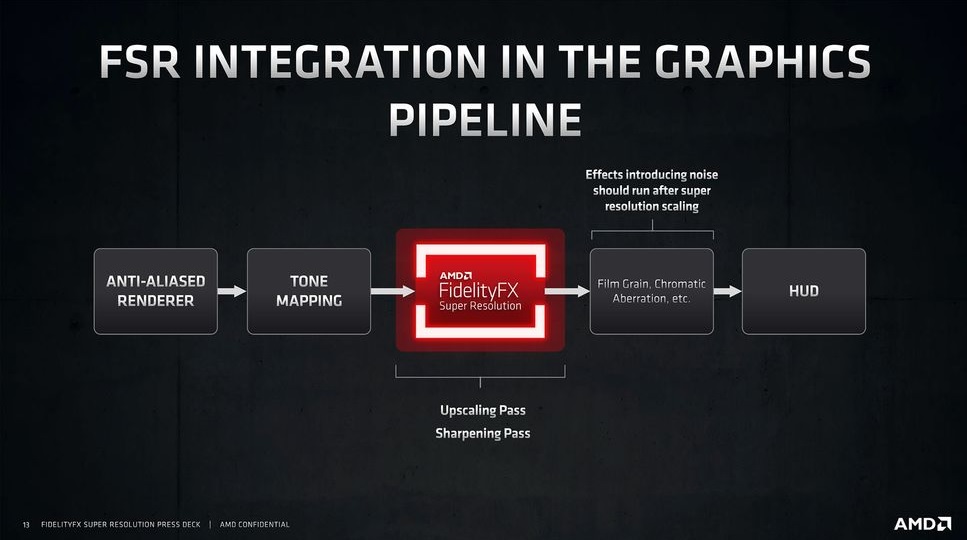
When AMD announced FSR, I was super excited myself. I mean, being able to use frame generation, that Nvidia only offers to the RTX 4000 series owners, on even the budget RX 5000 cards was seriously good news. On launch, it was a letdown due to compatibility issues with V-Sync, and with Variable Refresh Rate monitors, but these issues were addressed quickly. However, the upscaling quality issues have remained.
With AMD’s announcement of FSR 3.1, AMD is finally addressing the upscaling issues and has potential to be a godsend for budget gamers.
Set Your Expectations High For FSR 3.1
AMD has highlighted some key changes that we’ll be seeing with FSR 3.1.
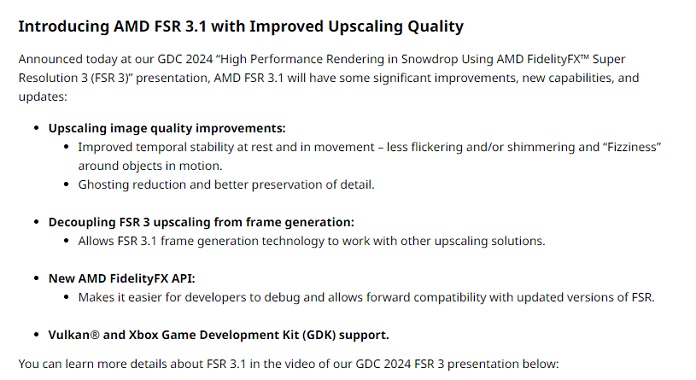
Of course, how much improvement we’ll see in image quality is something only time will tell. But, the significant improvement I’m very excited to see is that AMD will now allow FSR to work with Nvidia’s DLSS and Intel XeSS.
This is excellent news for everyone: from AMD users who may be dissatisfied with FSR’s quality and want to add a little bit of DLSS into the mix, to the Nvidia users who don’t have an RTX 4000 but want to use frame-generation. Win-win from AMD!
Got An 8-year-old RX 460? No Problem!
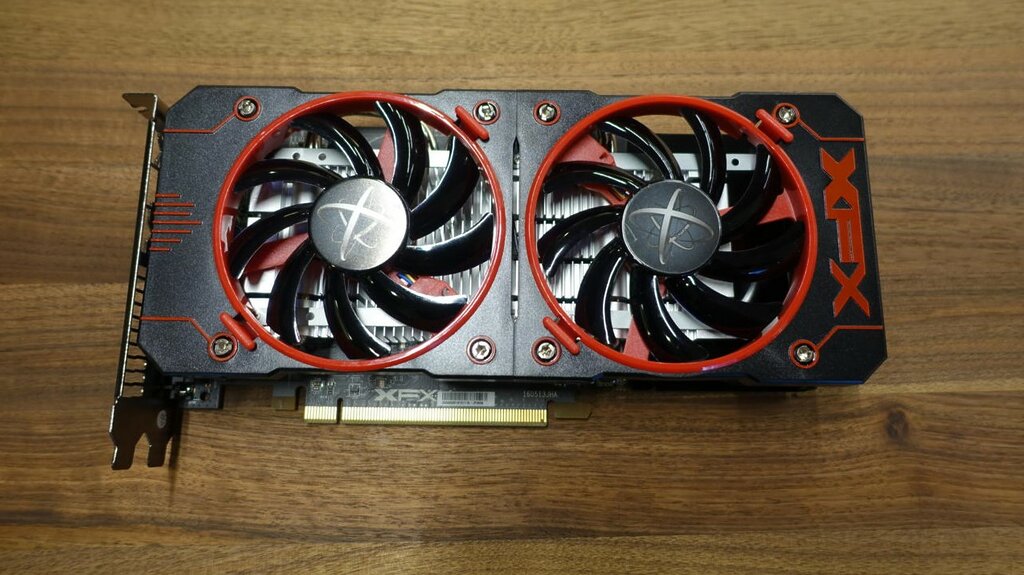
AMD’s dedication to offer FSR to folks with older GPUs is something that truly stands out for me. Unlike Nvidia, AMD FSR does not rely on any dedicated hardware for upscaling, so even the (nearly) 8-year-old RX 400 series cards are supported. On Nvidia’s side, you can use FSR on cards as old as the iconic GTX 900 series cards.
A Dream For Game Developers
FSR is open-source and supports DX11, DX12, and Vulkan APIs. It is also cross-platform, with easy integration for major game engines: Unreal Engine 4, Unity, and most recently, XBOX GDK. This easy integration means that basically any developer can integrate FSR into their game, which makes things easy for everyone.
I did calculate the combined list of supported games for FSR 1, 2, and 3, and my approximation came out to 330, and so, AMD is still somehow behind Nvidia’s claim of 410 titles.
Frame Generation On Older Cards?
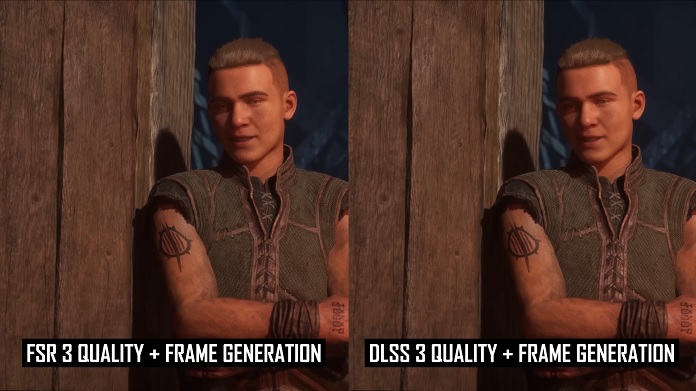
Frame generation is actually possible on GPUs even older than RTX 2000/RX 5000 – and yes, you heard me right! Thing is, though, AMD recommends a base frame of 60 FPS for frame generation. If the base FPS is lower than 60, latency issues are prevalent, as tested by YouTuber Daniel Owen on the GTX 1060. Using Nvidia Reflex can counter these latency issues to some extent, so its actually fairly plausible to use frame generation on the older cards, but it does boil down to your particular case scenario.
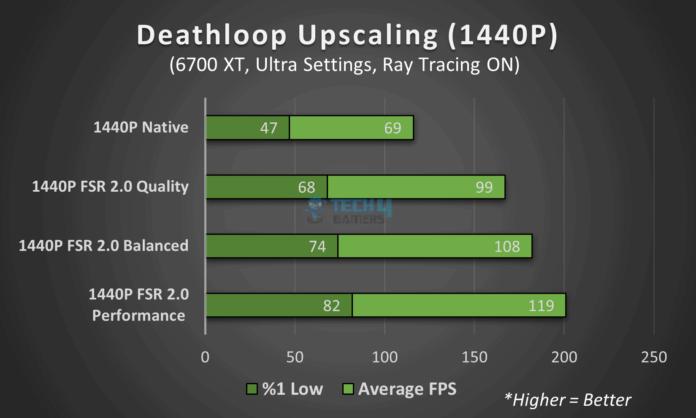
If it doesn’t work out for you, that’s still okay; recalling my FSR vs DLSS comparison, FSR 2.0 (no frame generation) alone provides significant performance boosts at all upscaled resolutions.
Final Thoughts
AMD FSR is a gateway that keeps aging GPUs from going obsolete. It supports a much larger spectrum of (older) GPUs compared to DLSS, being limited only to Nvidia’s RTX cards (and DLSS 3 only to RTX 4000) – although, at the time of writing this, DLSS is available in more titles, but then that’s no good with the limited GPU support, is it? The performance enhancement of FSR, even without frame generation, is quite good.
You can also try frame generation on older hardware, but you will likely encounter latency issues. Quality-wise, FSR may not be as good as DLSS, but the upcoming FSR 3.1 will be a step up to fixing that, and I have my fingers crossed.
Thank you! Please share your positive feedback. 🔋
How could we improve this post? Please Help us. 😔
[Editor-in-Chief]
Sajjad Hussain is the Founder and Editor-in-Chief of Tech4Gamers.com. Apart from the Tech and Gaming scene, Sajjad is a Seasonal banker who has delivered multi-million dollar projects as an IT Project Manager and works as a freelancer to provide professional services to corporate giants and emerging startups in the IT space.
Majored in Computer Science
13+ years of Experience as a PC Hardware Reviewer.
8+ years of Experience as an IT Project Manager in the Corporate Sector.
Certified in Google IT Support Specialization.
Admin of PPG, the largest local Community of gamers with 130k+ members.
Sajjad is a passionate and knowledgeable individual with many skills and experience in the tech industry and the gaming community. He is committed to providing honest, in-depth product reviews and analysis and building and maintaining a strong gaming community.


 Threads
Threads